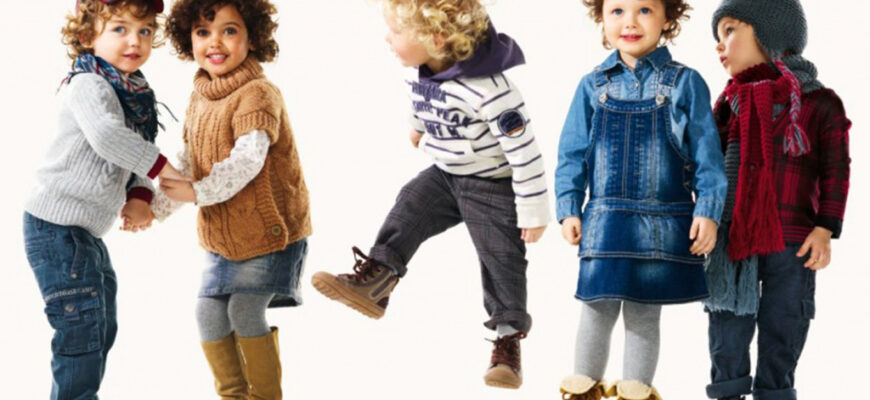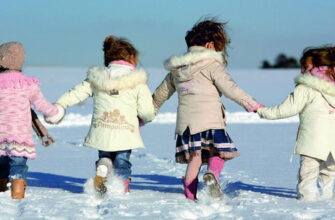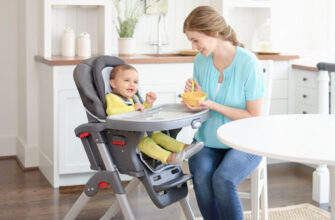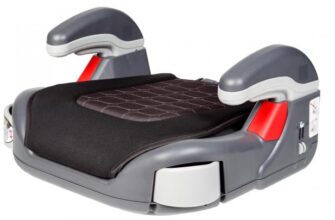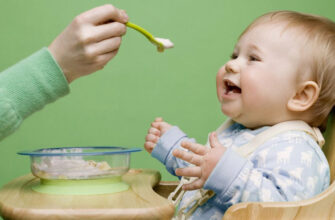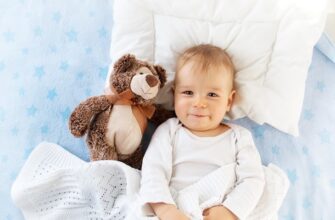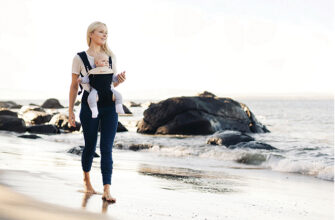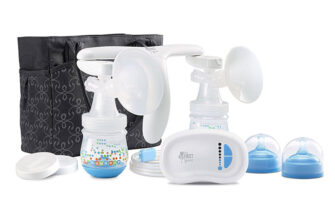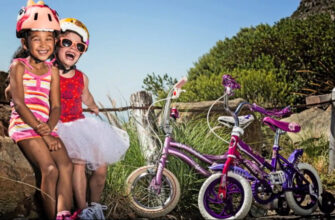Before buying regular or orthopedic shoes, you need to pay attention to the material, sole and insole of the product you like. You should also take into account the age of the baby, features of the anatomical structure of the leg and other characteristics – which ones, you will find out in our article.
The best manufacturers of children's shoes
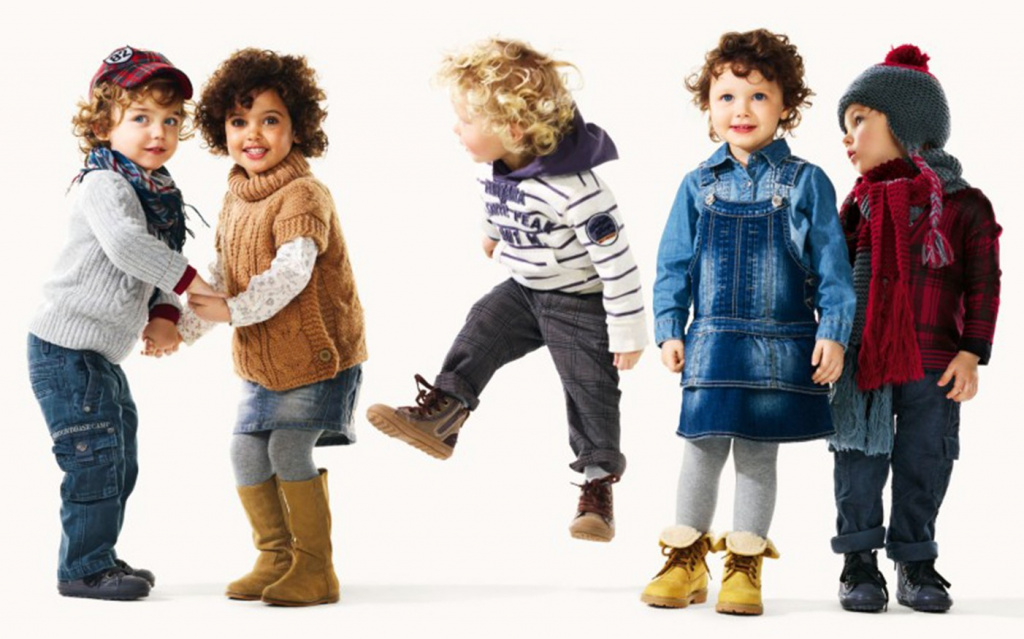
The baby does not need shoes until he starts walking. Even when he learns to take the first steps, let him take them barefoot. It doesn't harm him in any way. For the correct formation of the arch of the foot (prevention of flat feet) at this age do not need medical shoes, but 'travel' over uneven surfaces.
For walking on the street, shoes, of course, are needed, and it is advisable to buy them from trusted manufacturers.
The world's best brands of children's shoes are:
-
Geox (Italy);
-
Viking (Norway);
-
Demar (Poland);
-
Columbia (USA);
-
Crocs (USA);
-
Kuoma (Finland);
-
Woopy (Turkey);
-
Bebetom (Turkey).
The best domestic manufacturers:
-
Totto;
-
Kotofey;
-
Kapika;
-
Children's runner;
-
Zebra.
What to look for when choosing
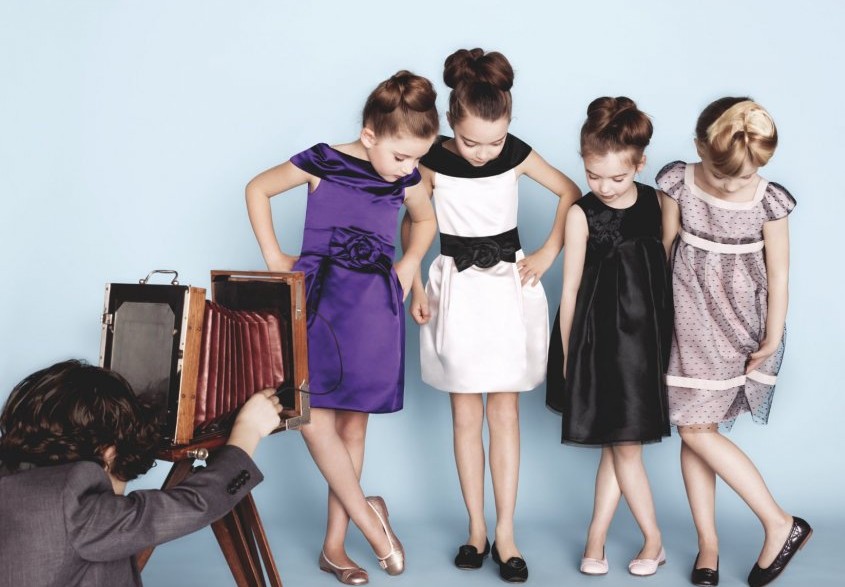
Material
Shoes should be made from natural and soft material. For these purposes, calf and pork skin is often used. Leather shoes are durable and adaptable to your baby's feet. But calfskin is more elastic and stronger than pigskin, it does not deform, and cracks do not appear on it. It is often used in the manufacture of autumn and winter footwear.
Some models of children's shoes are made from suede. This material allows the foot to 'breathe', it is elastic and soft enough. But suede shoes need special care – timely brushing, processing with special means.
Children's shoes can be made of combination or artificial leather. It is much cheaper than genuine leather goods, but has low durability and poor ventilation.
In the production of summer footwear for children, textiles are often used. This is an environmentally friendly and comfortable material that allows the legs to breathe and does not restrict the movements of the child.
Sole
The right outsole is raised, flexible and as thin as possible. It must provide a load on the leg to form a normal arch of the foot. It is not recommended to buy shoes with hard and flat soles.
Heel
Sometimes babies fall back and hit the back of their heads. But if you choose shoes with small heels, you can kill two birds with one stone – reduce the risk of falling backwards and reduce the likelihood of developing flat feet.
Orthopedists recommend that the heel is no more than 1/14 of the length of the baby's foot.
Backdrop
Children's shoes should have a closed, hard back that correctly fixes the ankle joint and prevents the foot from slipping in the product.
Insole
In the manufacture of insoles, soft and moisture-absorbing materials must be used.
Instep support
In many models of shoes for children, an instep support is used. It protects against the development of flat feet and helps to form a normal arch of the foot.
But a healthy child can do without an instep support. The best prevention of functional (acquired) flat feet is walking on a surface with irregularities, protrusions and pebbles. If a child walks on the grass and sand, walks on an orthopedic rug and uses the wall bars, he will not need any shoes with an instep support.
In cases where a child is diagnosed with anatomical or congenital flat feet, he must wear orthopedic shoes that the doctor selected for him.
How to measure your foot length

The size of children's shoes is calculated by the length of the foot. You need to take measurements by the end of the day, because within 24 hours the foot becomes wider. In this case, the child should be standing, not sitting.
To determine the length of the foot:
-
Place the child on a sheet and draw the outlines of both legs.
-
Keep your pencil as close to your foot as possible.
-
Measure the space between the most prominent points on your heel and your longest toe. This will be the desired length.
-
Take measurements of both feet, and if one of them turns out to be longer, select shoes according to the larger value.
A rope can be used to determine the size of shoes for children under one year old. Place it on the baby's foot so that it runs over the most prominent points of the thumb and heel. Record the length obtained and attach the rope to the ruler. This will be the length of the baby's foot.
Recommendations for selection

-
When buying shoes, keep in mind that a child's foot grows very quickly and shoes bought for 1 year will become small in 3 months. In children under 2 years old, the foot grows by 1–1.5 sizes every 3 months, from 2 years old – by 2 sizes every 4 months, and after 3 years – 0.5 sizes every 4 months.
-
Measure your shoes in the afternoon.
-
Buy shoes only after trying them on. Let the child be a little like a new thing. Make sure she doesn't press on him and her feet don't sweat.
-
The child should be comfortable in the new clothes right away.
-
The distance between the longest toe and the inner opening of the shoe should be at least 5 mm (optimal – 10–12 mm).
-
Try on two-legged shoes.
-
Make sure that the baby can move all the toes on the leg. Discard tapered shoes.
!
In the following articles, our experts tell you how to choose the right clothes for newborns, the secrets of choosing winter shoes for a baby and the rules for choosing the first shoes for a child.
Attention! This material is the subjective opinion of the authors of the project and is not a purchase guide.

